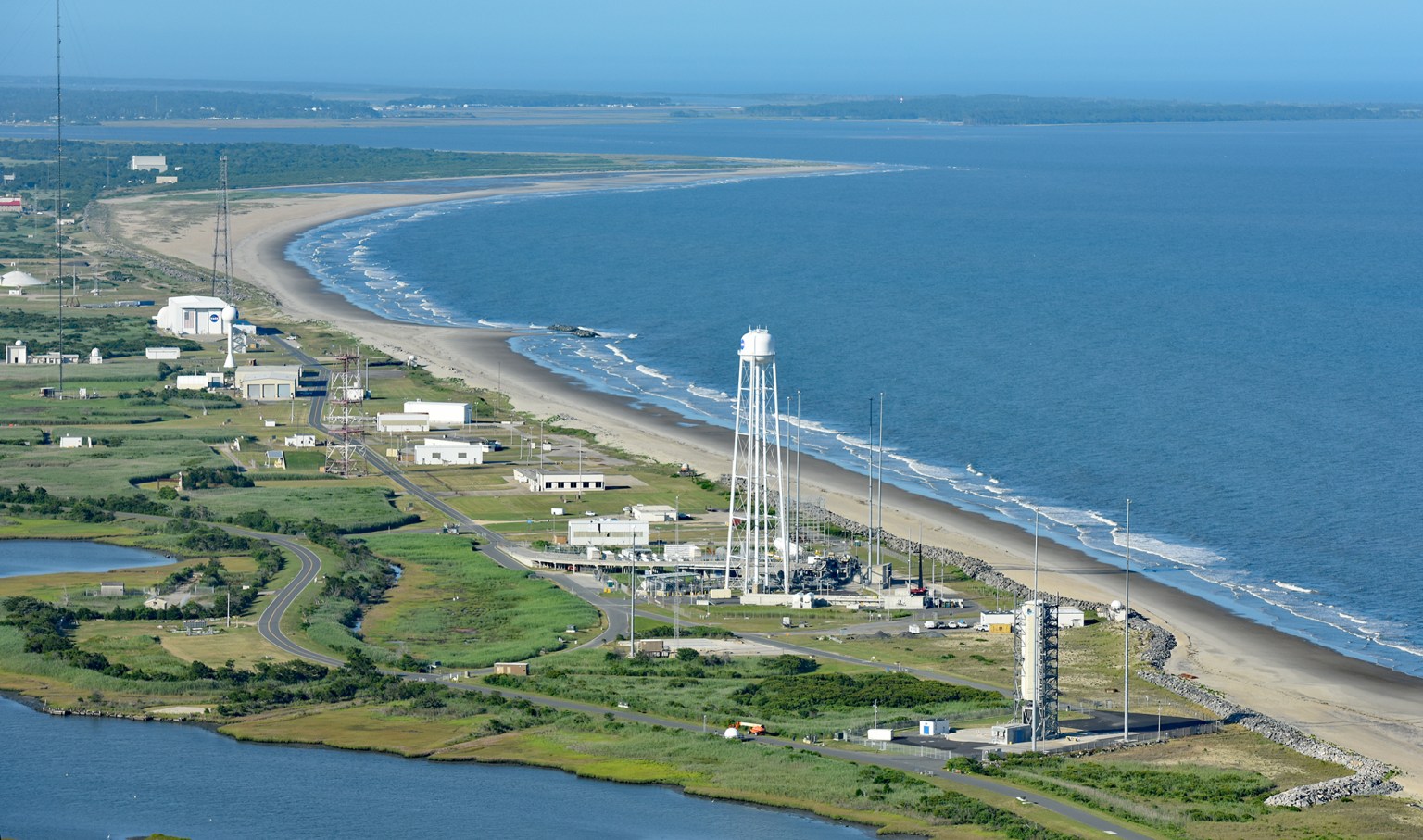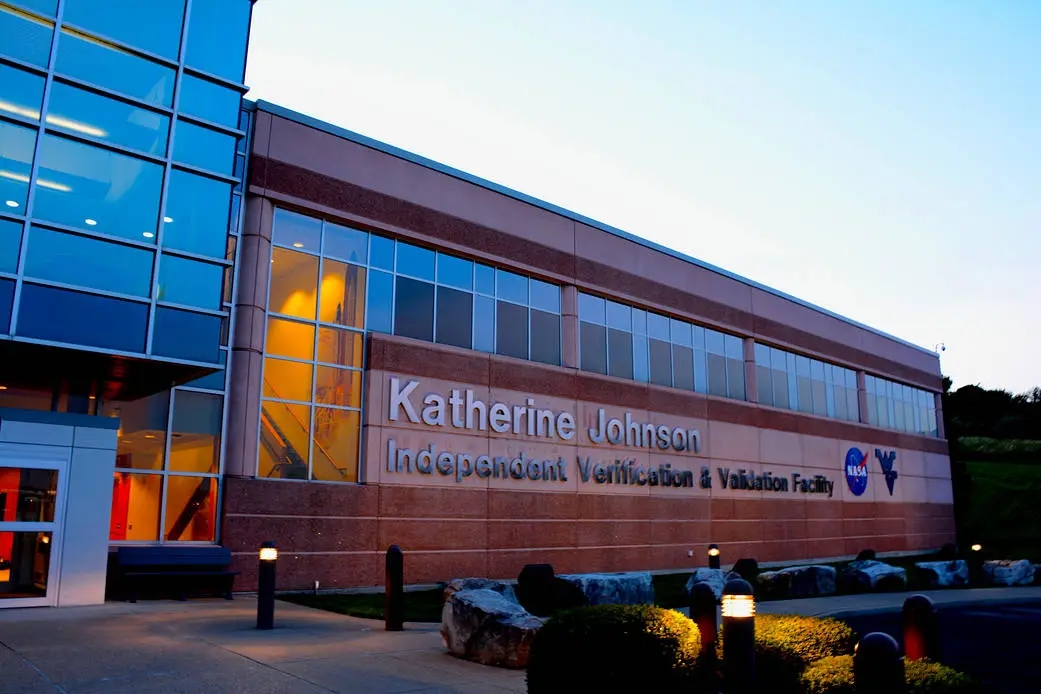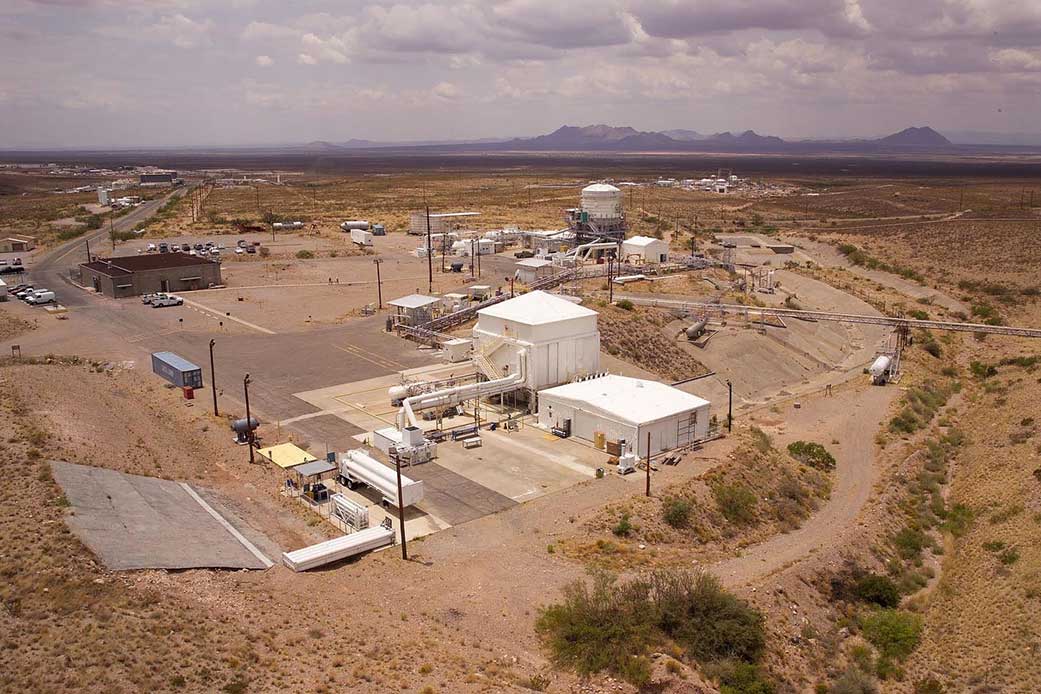




























Goddard stood up the technology maturation project office for the Habitable Worlds Observatory in August 2024.

The OSIRIS-REx mission brought a sample from the asteroid Bennu to Earth in September 2023.
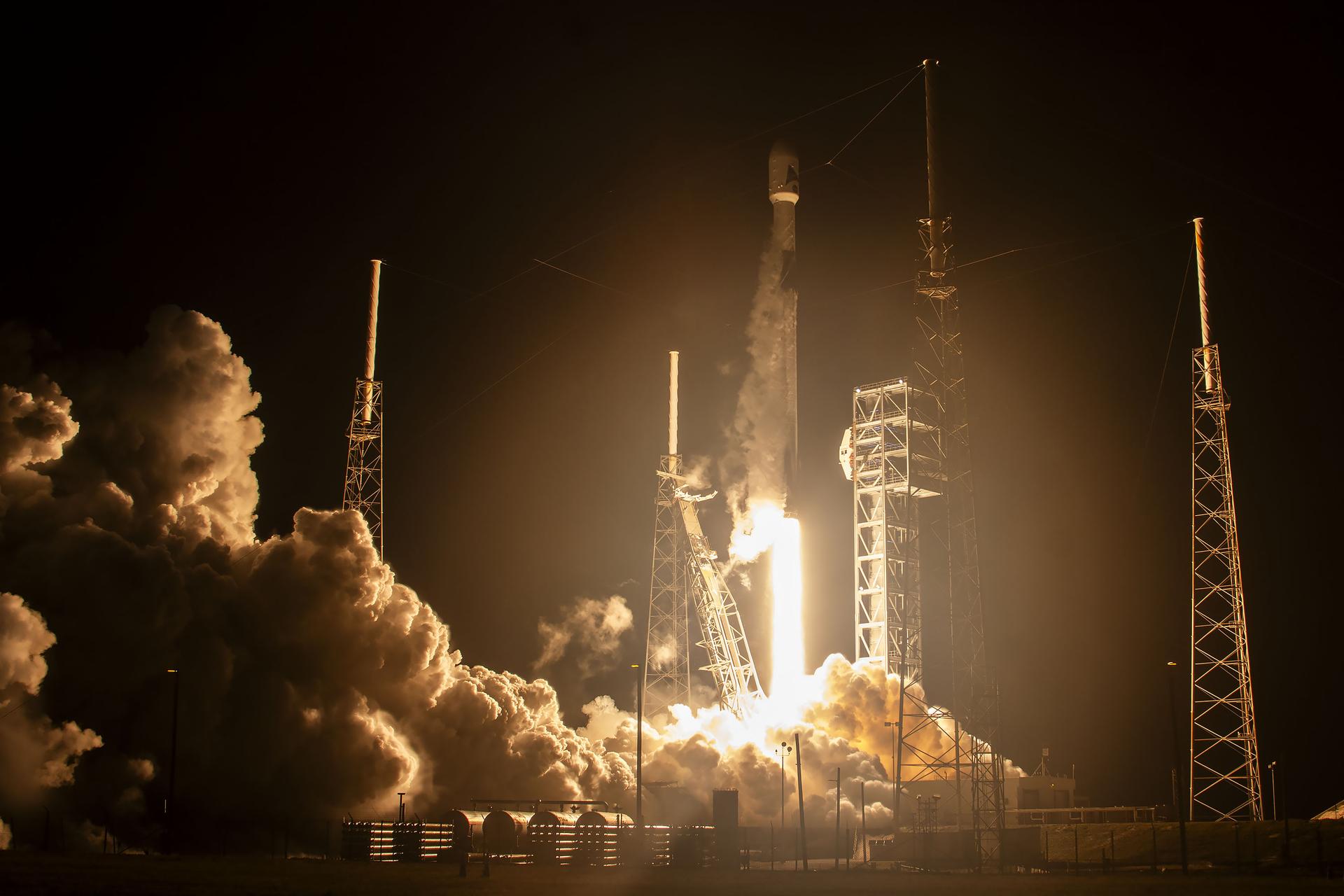
The Plankton, Aerosol, Cloud, ocean Ecosystem (PACE) mission launched in February 2024 to advance NASA’s assessment of ocean health and atmospheric aerosols.

Goddard joined NASA in mobilizing engagement efforts across the United States to inform the public about NASA’s work during the total solar eclipse on April 8, 2024.
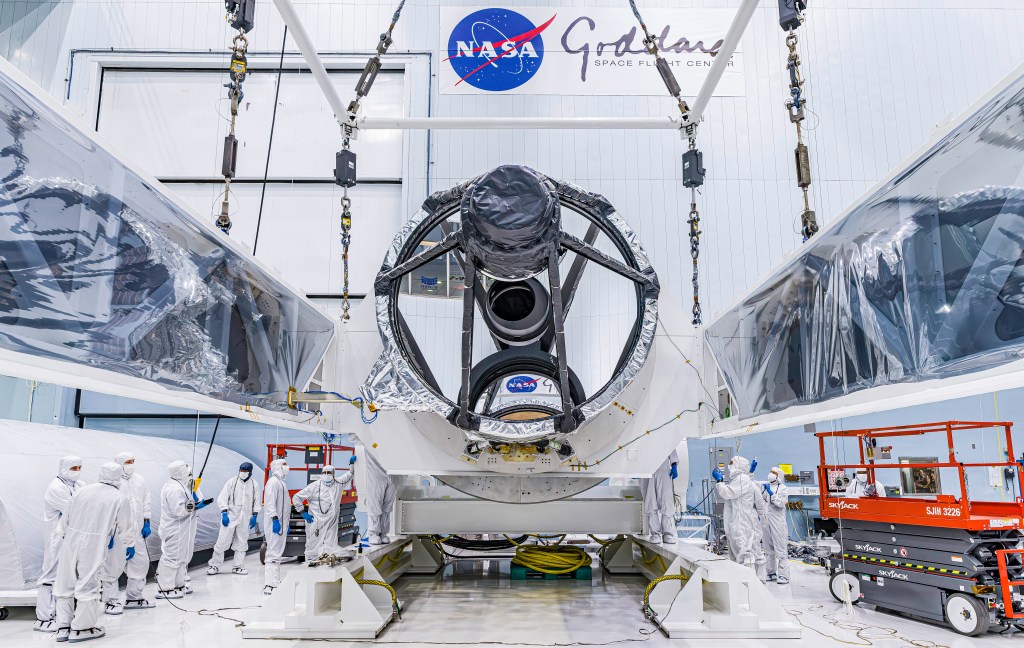
The Nancy Grace Roman Space Telescope, scheduled for launch by 2027, began integration activities at Goddard.
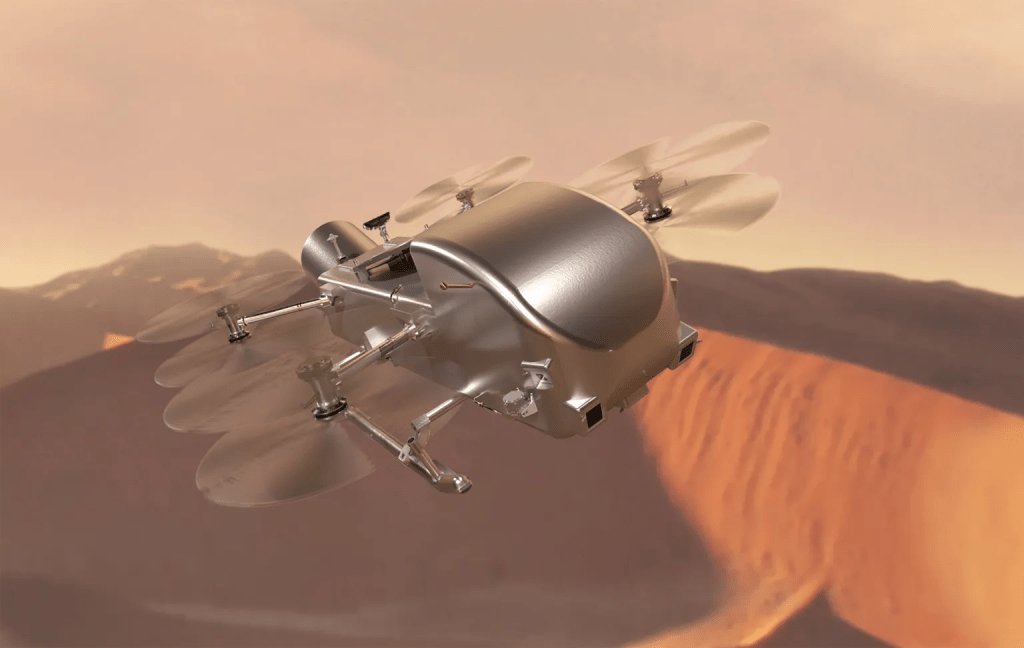
Goddard will make key contributions to Dragonfly, scheduled to launch no earlier than 2028. The mission will send a robotic rotorcraft to explore Saturn’s moon Titan.
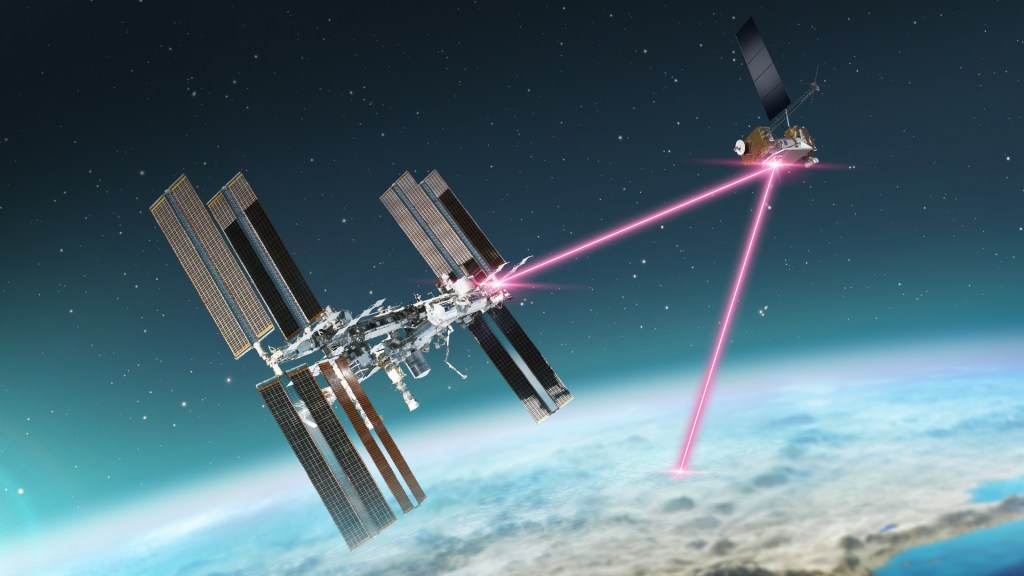
The ILLUMA-T payload, hosted on the exterior of the International Space Station for six months, completed NASA’s first two-way, end-to-end laser relay system with the in-space LCRD payload.

NOAA's GOES-U, the fourth and last of the GOES-R series of satellites, launched in June 2024, thereby being renamed GOES-19.

NASA’s Artemis campaign will send the first woman and first person of color to the Moon. Goddard is leading lunar science for Artemis II, scheduled to launch in April 2026, and the subsequent two Artemis missions.
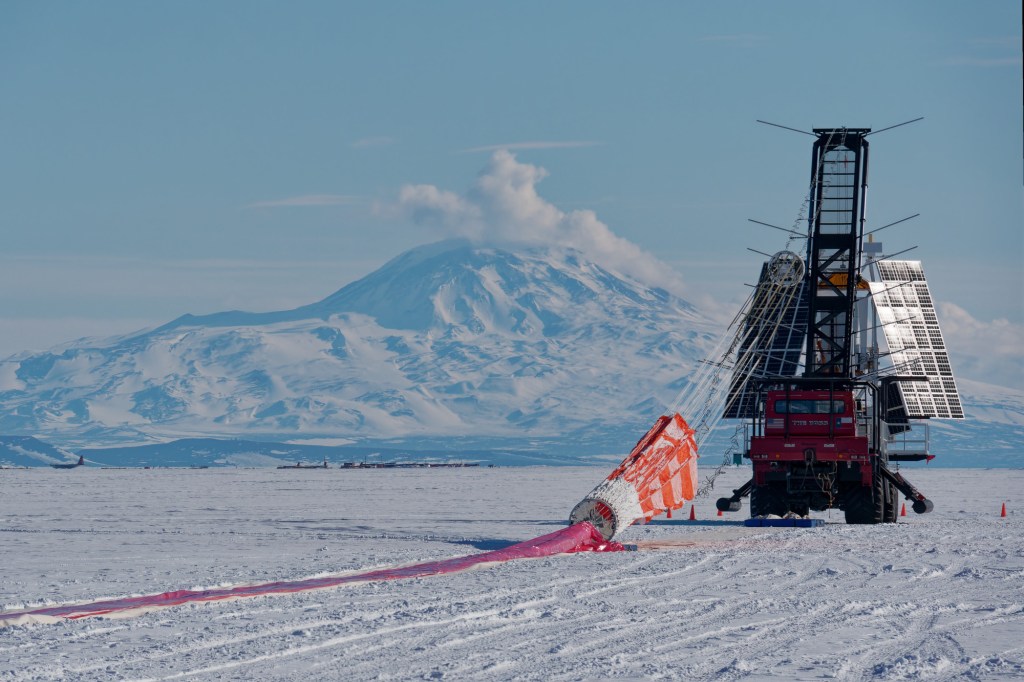
The GUSTO scientific balloon mission, managed out of Wallops Flight Facility, launched on Dec. 31, 2023, from Antarctica and ended on Feb. 24, 2024.

